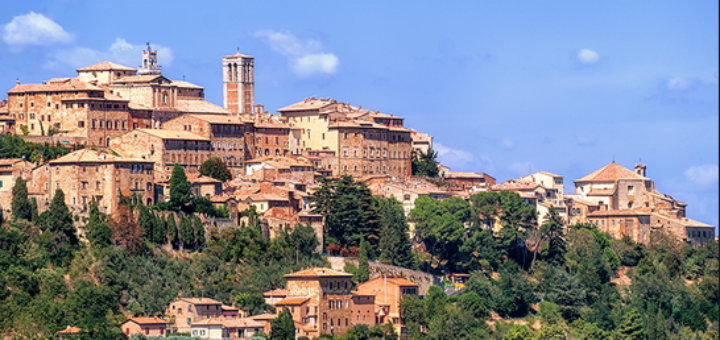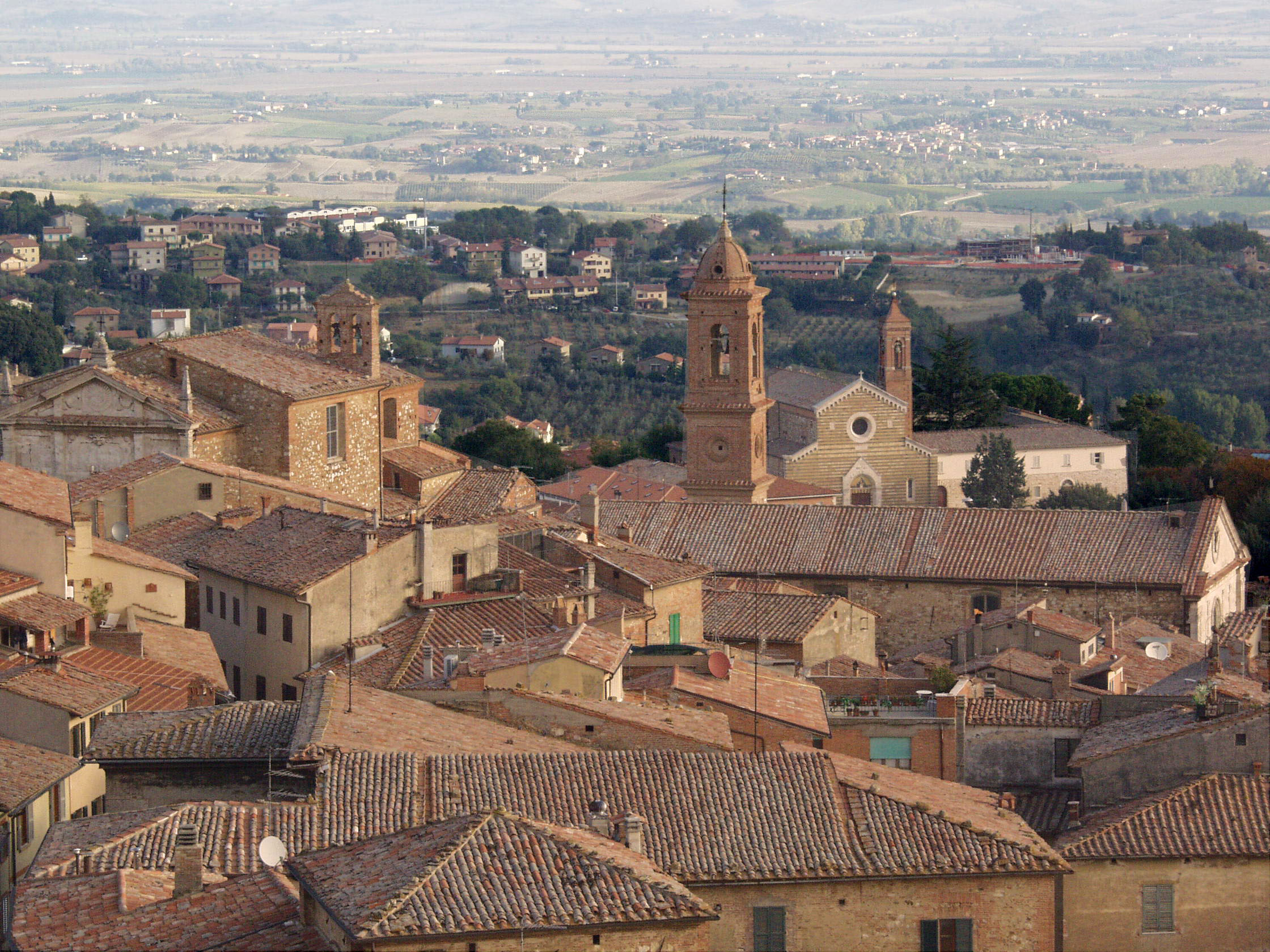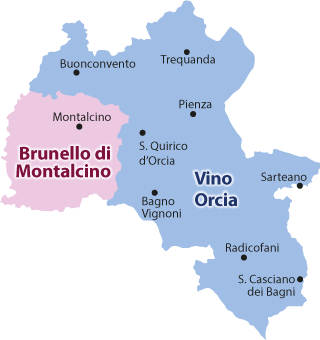
After the fall of the Western Roman Empire, it developed as a religious center under the Lombards. In the 12th century it was repeatedly attacked by the Republic of Siena, which the Poliziani faced with the help of the Perugia and Orvieto, and sometimes Florence. The 14th century was characterized by constant struggles between the local noble families, until the Del Pecora family became rulers of the town. From 1390, Montepulciano was a loyal ally (and later possession) of Florence and, until the mid-16th century, lived a period of splendour with architects such as Antonio da Sangallo the Elder, Jacopo Barozzi da Vignola, Baldassarre Peruzzi, Ippolito Scalza and others, building luxurious residences and other edifices here. In 1559, when Siena was conquered by Florence and Montepulciano lost its strategic role,and consequently, its importance declined.
A competitive “barrel race through the city” called the Bravio delle botti has been held on the last Sunday of August since the 14th Century.
v
Main sights
The main street of Montepulciano stretches for 1.5 kilometres (0.9 mi) from the Porta al Prato to the Piazza Grande at the top of the hill. The city is renowned for its walkable, car-free nature.
The main landmarks include:
- The Palazzo Comunale, designed by Michelozzo in the tradition of the Palazzo della Signoria (Palazzo Vecchio) of Florence.
- Palazzo Tarugi, attributed to Antonio da Sangallo the Elder or Jacopo Barozzi da Vignola. It is entirely in travertine, with a portico which was once open to the public.
- The Cathedral of Santa Maria Assunta, or the Duomo of Montepulciano, constructed between 1594 and 1680, includes a masterpiece from the Sienese School, a massive Assumption of the Virgin triptych painted by Taddeo di Bartolo in 1401.
- The church of Santa Maria delle Grazie (late 16th century). It has a simple Mannerist façade with a three-arcade portico. The interior has a single nave, and houses a precious terracotta altar by Andrea della Robbia.
- The Sanctuary of the Madonna di San Biagio is on the road to Chianciano outside the city. It is a typical 16th century Tuscan edifice, designed by Antonio da Sangallo the Elder on a pre-existing Pieve, between 1518 and 1545. It has a circular (central) plan with a large dome over a terrace and a squared tambour. The exterior, with two bell towers, is built in white travertine.
- Baroque church of Santa Lucia has an altarpiece by Luca Signorelli.

The Restaurants of Montepulciano and the nearby Torrita di Siena
Nobile di Montepulciano e Orcia Wine Tasting
Extra virgin olive oil tasting
Where to rent or book a tour by bike or motorbike
Where to sleep in Val d’Orcia and Crete Senesi
mtpl



